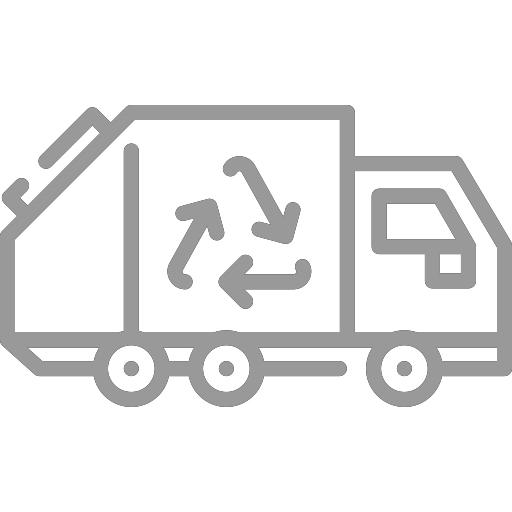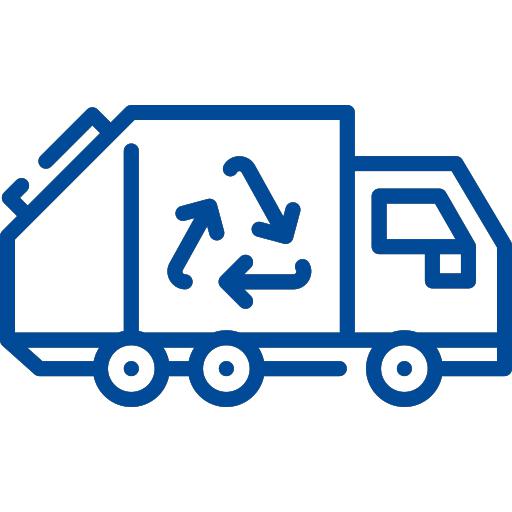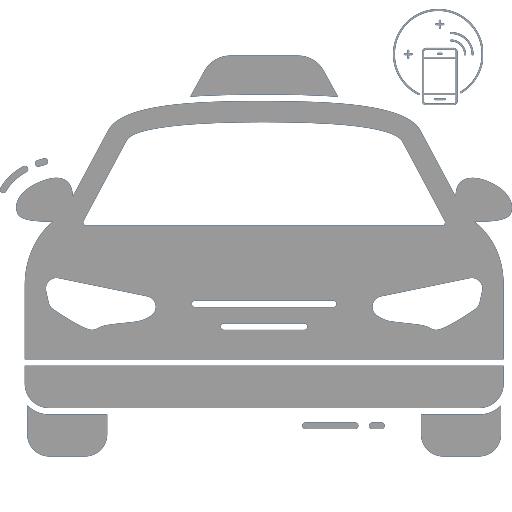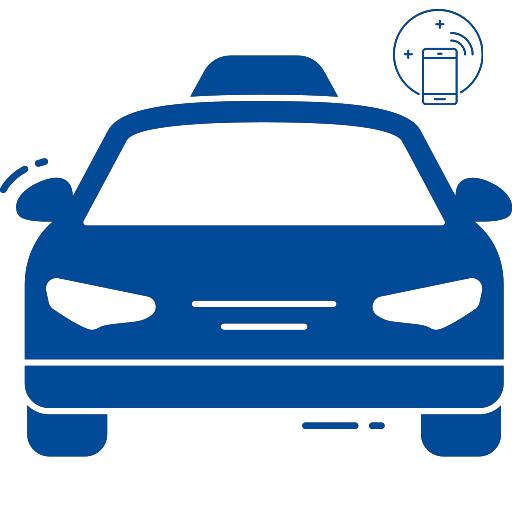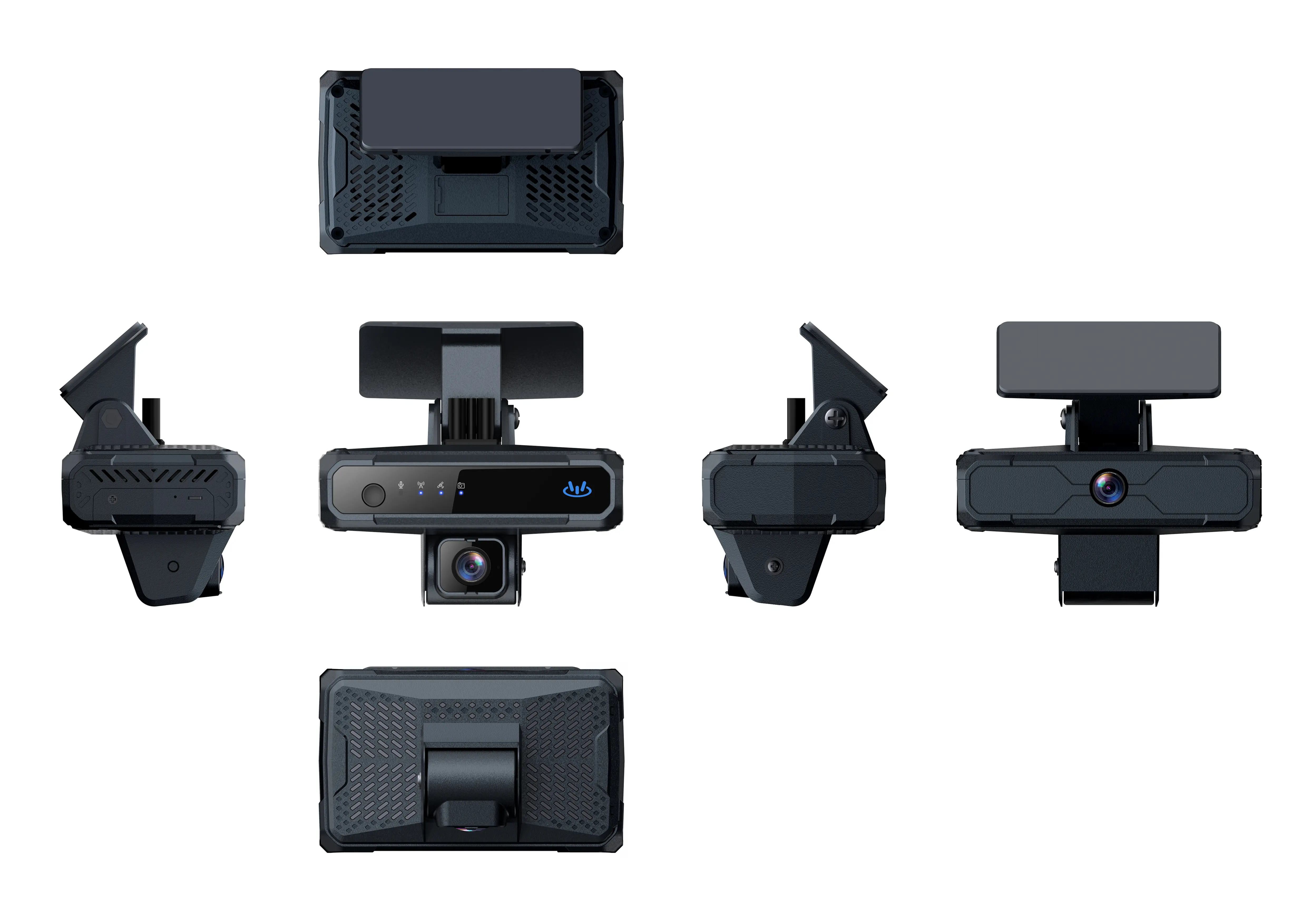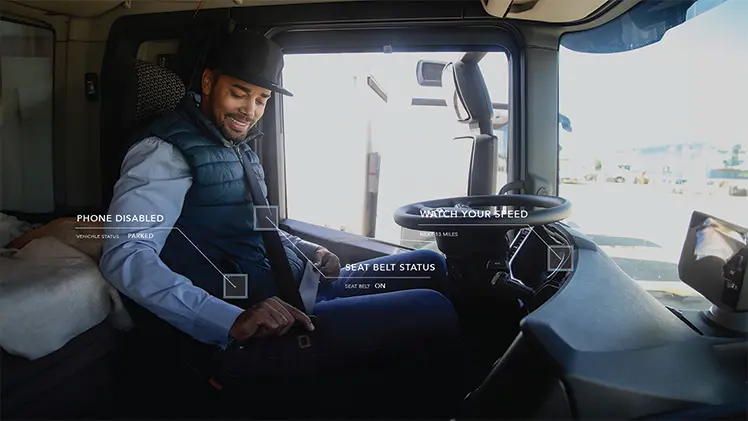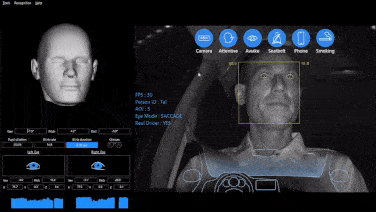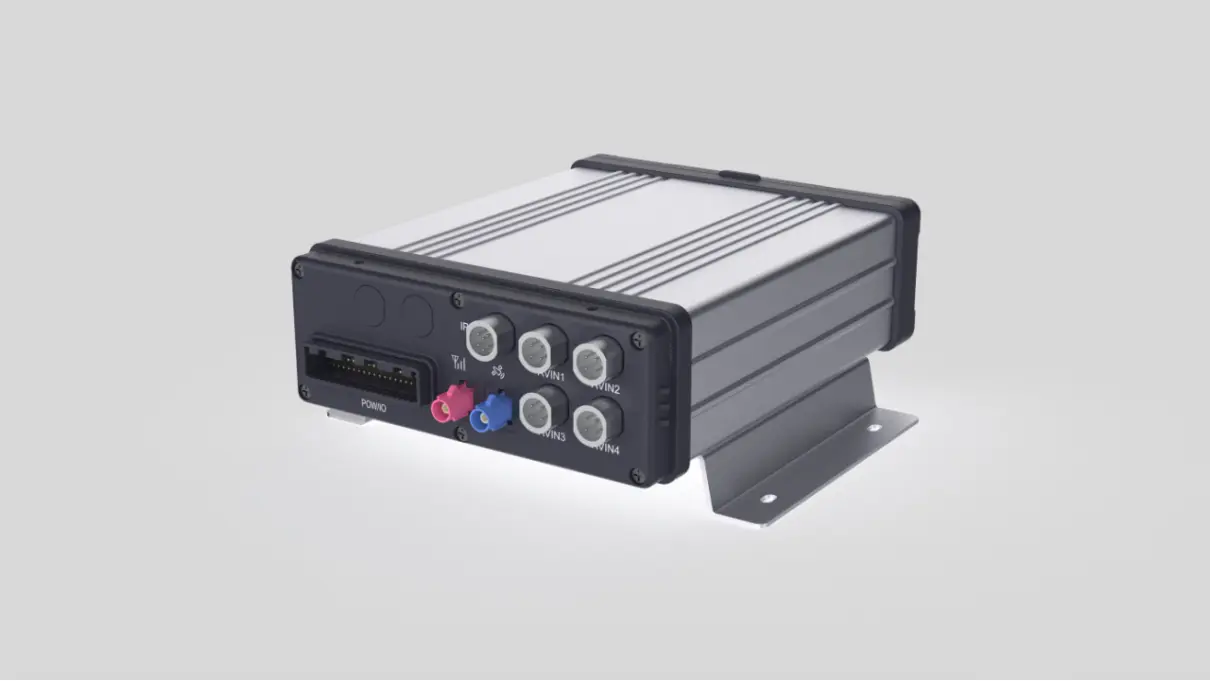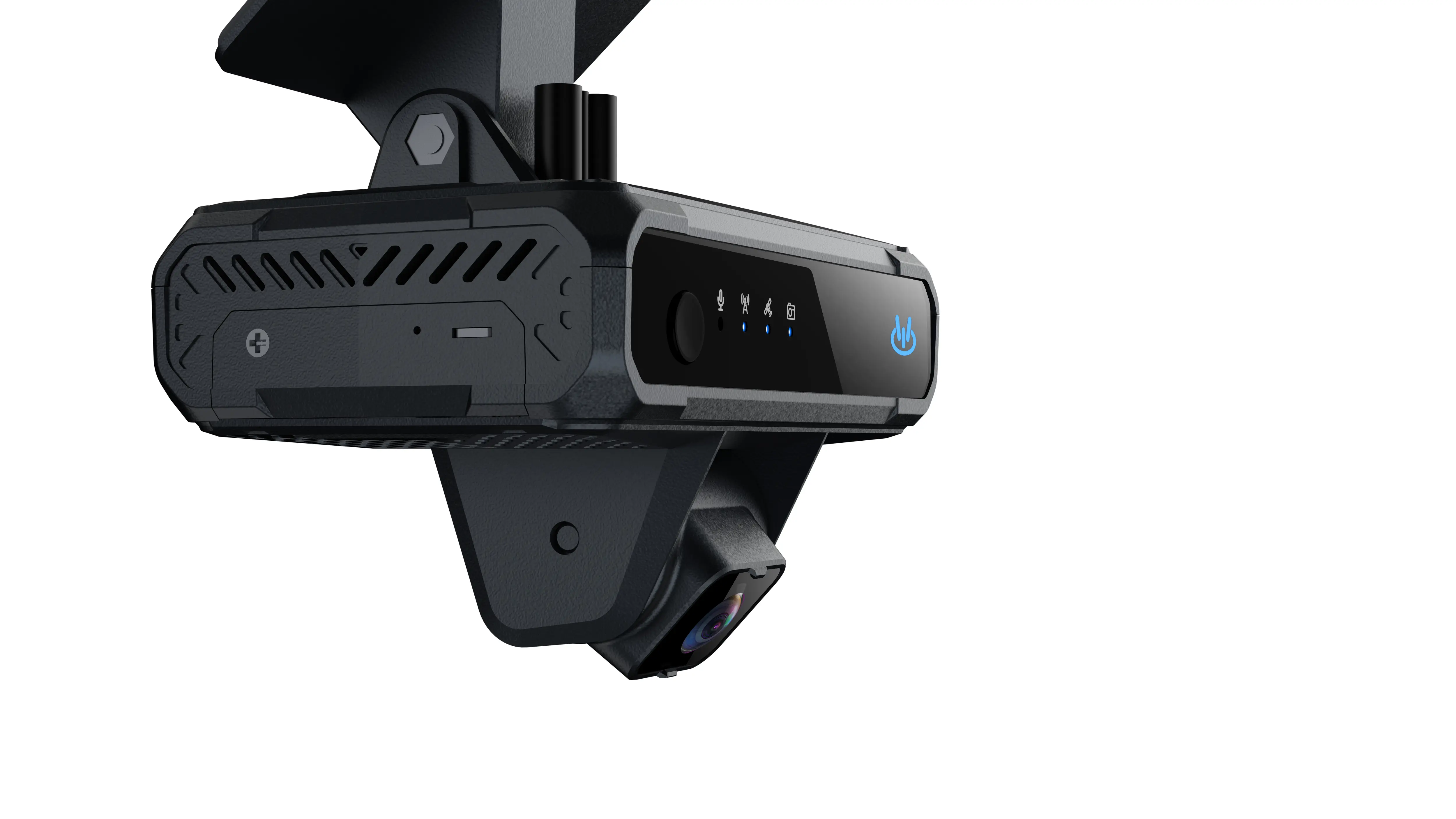G-Sensor in Dash Cams and Its Functions
What Is a G-Sensor?
A G-sensor is an accelerometer that measures acceleration changes across multiple axes. These changes indicate shifts in direction or speed and help detect motion.
In a dash cam, the primary role of the G-sensor is to monitor driving behavior and trigger alerts in the event of sudden acceleration, harsh braking, or collisions, ensuring the safety of drivers, fleets, and pedestrians.
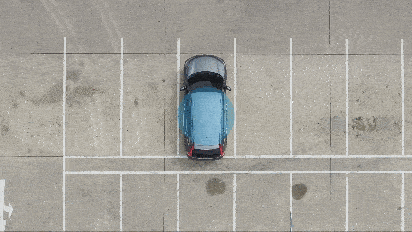
Applications of G-Sensor in Dash Cams
1. Accident Recording and Emergency File Storage
- When a collision is detected, the G-sensor saves the current recording as an “emergency file” to prevent it from being overwritten or deleted.
- Some dash cams store emergency files in a separate folder, while others protect the videos from being erased during loop recording.
- The sensitivity of the G-sensor is usually adjustable in the settings to suit different scenarios.
2. Enhancing Vehicle Safety
- Smart Recording Activation: When an abnormal event occurs, the G-sensor automatically triggers the camera to start recording and locks the footage as evidence.
- Accident Prevention: Combined with AI technology, the G-sensor can detect risky driving behaviors in real time and alert the driver, reducing accident risks.
Key Features of a G-Sensor Dash Cam
When choosing a high-quality G-sensor dash cam, consider the following features:
1. Automatic Event Detection
- Should have a fast response time to record sudden impacts, sharp turns, and rapid acceleration or deceleration in real time.
2. Loop Recording
- Ensures continuous recording by automatically overwriting the oldest files while securely locking event footage to prevent loss of crucial evidence.
3. High-Definition Video
- Minimum resolution of 1080p to capture clear details like license plates and road signs.
4. Wide-Angle Lens
- Provides a broad field of view to record the road comprehensively and minimize blind spots.
5. Night Vision Capability
- Equipped with infrared or low-light sensors to ensure clear recordings in low-light conditions.
6. Parking Mode Monitoring
- Automatically starts recording when unusual movement or vibration is detected while the vehicle is parked, offering extra security.
Key Factors When Choosing a G-Sensor Dash Cam
1. Video Quality
- Ensure clear image resolution, at least 1080p, to provide reliable evidence when needed.
2. GPS Functionality
- GPS tracking enables real-time monitoring and driving behavior analysis, useful for fleet management and safety training.
3. Storage Capacity
- Opt for a dash cam that supports cloud storage for easy access to past recordings and to prevent data loss due to limited storage space.
4. Night Vision Performance
- Choose a dash cam with infrared LEDs to ensure clear night-time recording.
Recommended Product: YUWEI AI Dash Cam
The YUWEI Smart Dash Cam V8N offers high-definition recording, dual front and rear cameras, and advanced safety monitoring to provide comprehensive driving protection.
hnweb_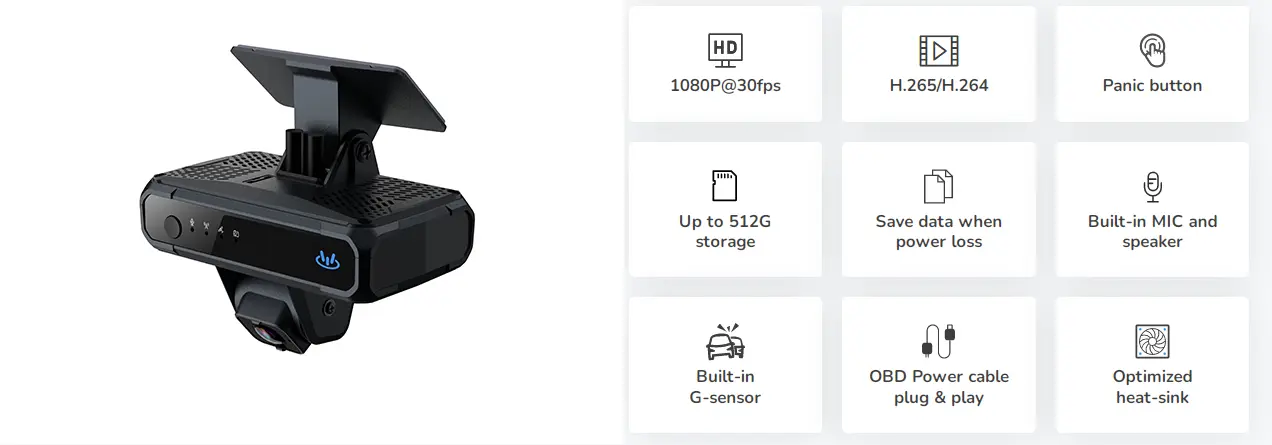
- Real-Time Monitoring: Dual cameras capture both interior and exterior views of the vehicle.
- Intelligent Alerts: Detects risky driving behaviors and provides real-time voice alerts to reduce accident risks.
- Cloud Storage: Supports real-time uploads of vehicle location, historical routes, and video data for easy management and review.

















